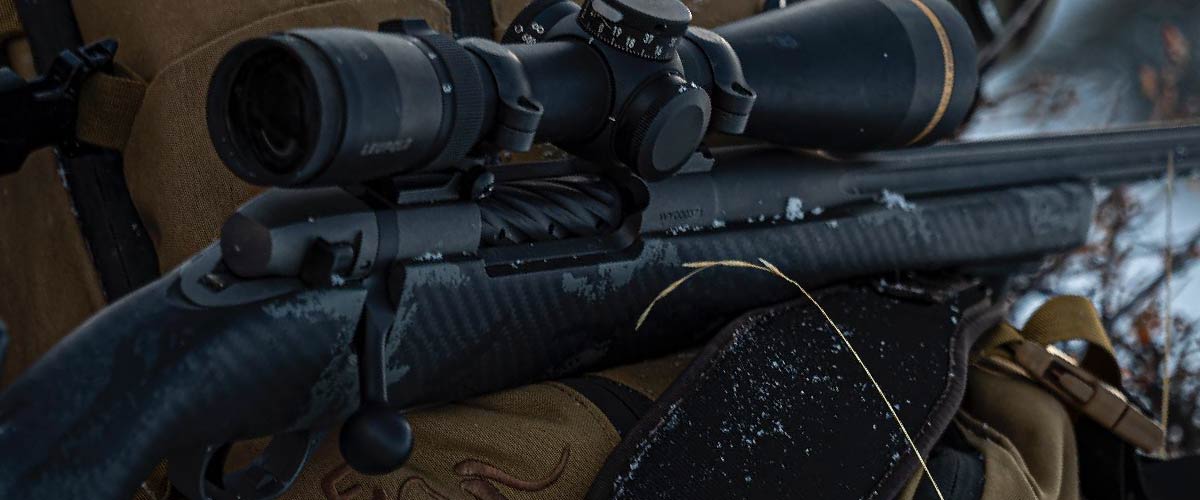Best Scope for Hunting Elk

Elk make for exciting game for many hunters. They make for a challenging target: they’re fast and often on alert. Unlike deer, a wounded or threatened elk may attack or charge, posing an additional safety concern. This knowledge of your target is crucial in picking the right scope.
A good scope can help you land accurate, ethical shots in your elk hunting. While elk themselves are large, their vital spot has just a 12” diameter. In reality, you are shooting a small target on a large animal, and you need a scope that can help you do that effectively. A good, clean kill decreases suffering for the animal, and ensures your safety in not having to deal with a wounded elk. Invest in a quality scope that will be durable through many rounds of making these high-powered shots.
Magnification
Choosing the right magnification is one of the most important aspects of selecting your scope. If you get a magnification that is more powerful than your needs, you may not be able to find targets that are right in front of you.
Generally, you’ll likely be making your shots in elk hunting from long ranges. A magnification power of 9x will help you make shots from 200-300 yards. However, with a potentially dangerous animal like an elk, you will also want lower magnifications in case you need to make a second shot as you approach the animal. A 2-3x magnification will allow you to make accurate shots at close range.
Because of this, it’s especially important for elk hunters to get a variable scope. Variable scopes provide a range of magnifications, while fixed scopes offer just one intensity. A scope with 2-7x or 3-9x will have the higher magnifications you need for long range shooting, while also providing the lower magnifications that will help you with close ranges. You don’t want to get a 7x scope only to find out you really needed access to a lower power as an elk is coming at you!
Light Transmission
Higher magnifications let in less light. This is because they use more glass, which blocks some light from getting through the eyepiece. If you’ll be shooting in low light settings, make sure to choose a scope with a wider objective lens that will let in more light. If you’re only planning to shoot during the late morning or afternoon when the sun is bright, you might decide this is less important, and opt for a lighter, smaller scope.
Choosing a scope labeled “fully multicoated” will also increase light transmission. There is a lot of marketing language around lens coatings; “fully multicoated” means that each surface of glass has received multiple layers of coat. In addition to helping with light transmission, the coatings will make your scope fog-proof and waterproof.
Eye Relief
Eye relief refers to the distance between your scope and your eye. You need to make sure you have sufficient eye relief to keep your scope from smacking you in the eye when you fire your gun.
If you’re hunting elk, you’re using a powerful cartridge. Depending on the specifics of your rifle, these likely create a hefty recoil. You’ll need at least 3.5” inches of eye relief for these types of ammunition, though 4” is safer.
Consider also the types of terrain you will be hunting in. If you will be hunting elk in mountainous terrain, you will need more eye relief in case you need to aim uphill or to a mountain.
Durability
The powerful calibers used in big game hunting may shatter a low-quality scope. What’s the use of purchasing a cheap scope if you have to replace it every few hunts? Get a high-quality scope from a reliable manufacturer. It will pay off in the long run.
In Conclusion…
Higher power is not always better when it comes to scope. Choose a magnification that makes sense for the distances you intend to shoot, and will allow you to make accurate shots at close range if you come close to a wounded and potentially dangerous elk. Your scope is as important an investment as your rifle.